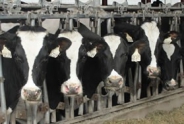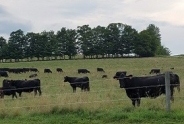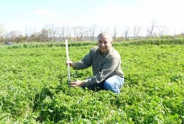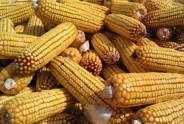Field Crop Update, September 7, 2023
Erik Smith, Area Field Crop Specialist/Team Leader
Central New York Dairy and Field Crops
1. Announcements and Weather Outlook
It may have been hot this week, but our growing degree days (GDD) across the region are either at, below, or well below normal. Couple this with the dry spring conditions that caused late/uneven emergence, and we're looking at many or most corn silage harvests in our region starting in 10-14 days. But certainly there are likely to be fields in Saratoga County and nearer to the Hudson Valley that may be ready in a few days, given their relatively warmer climate. So while the GDD chart in section 2 has a few locations and silking dates that would suggest that chopping season is here for some of us, how close you are to harvest maturity will depend heavily on local conditions. So keep an eye on your crop!
If you have weed populations that you suspect may be resistant to herbicides (and it's not already been confirmed), please get in touch! Cornell has an herbicide resistance screening program, and we can help determine if your problem weeds truly are resistant. Successful management is only possible when you're armed with the knowledge of what you're dealing with.
And here's another reminder that Cover crop planting season is here. There is still plenty of time to plant a great cover crop that will achieve your goals for that ground. Check out this short article for info on fall oat, wheat, and rye, and check out the links at the top of the page to learn more about other cover cropping strategies.
Weather Outlook:
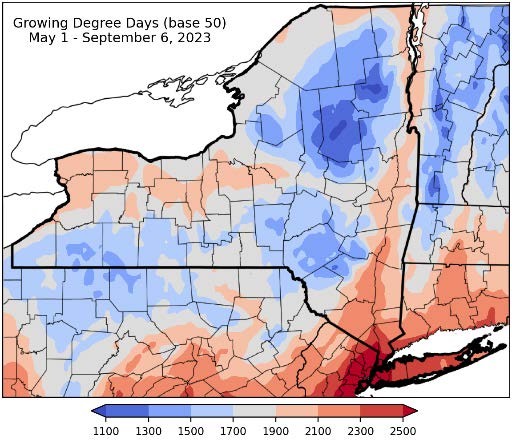
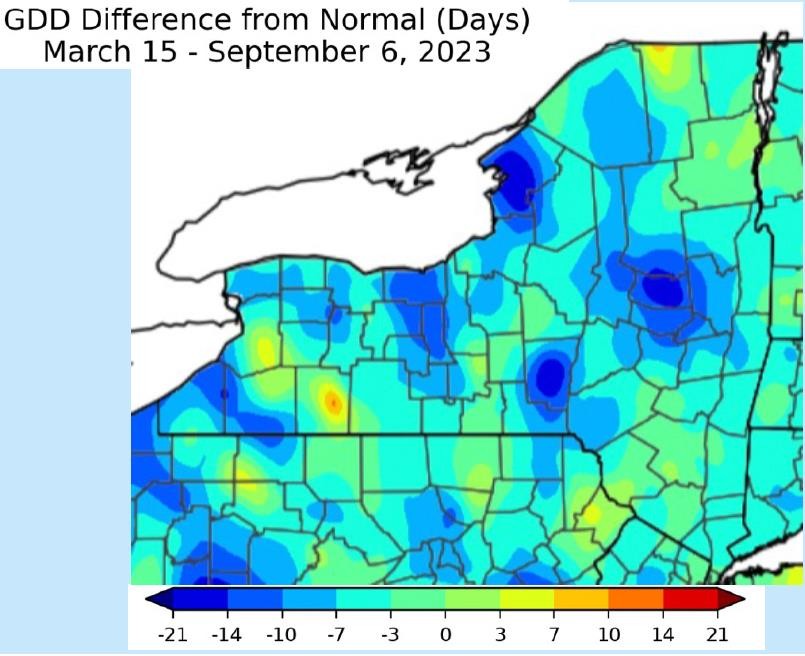
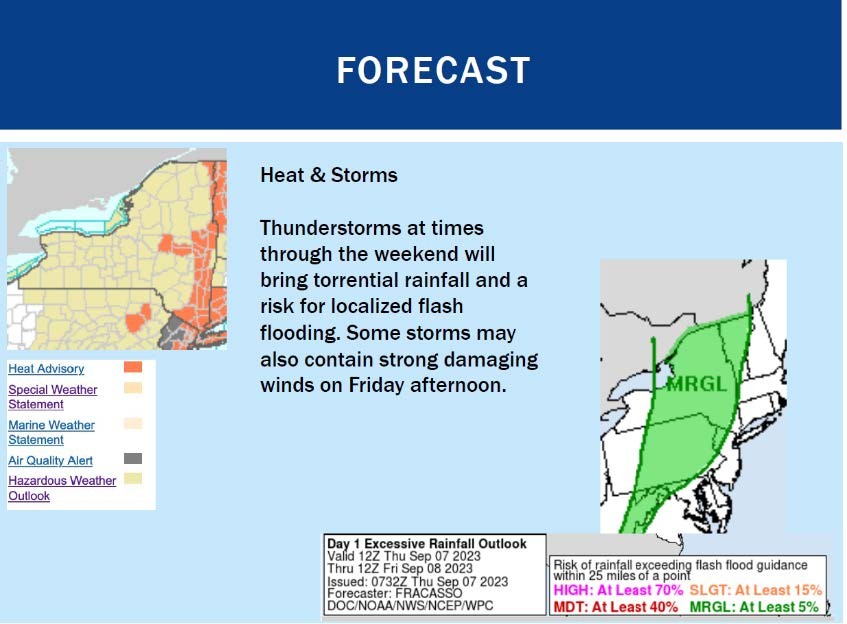
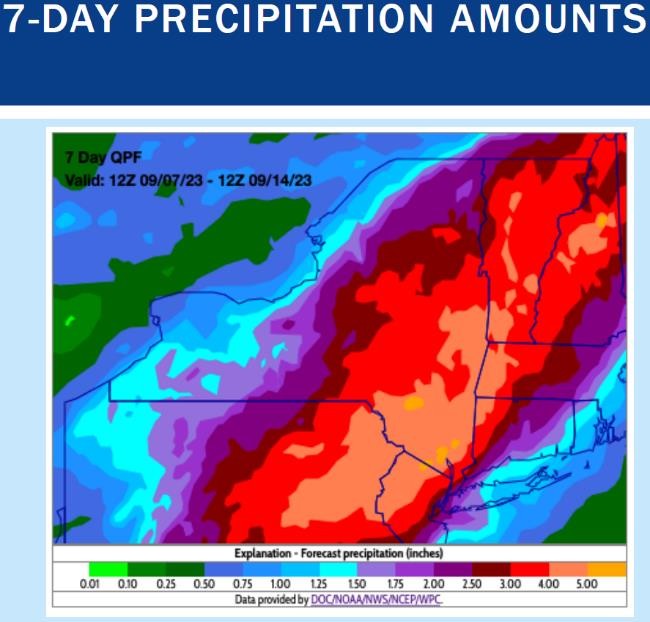
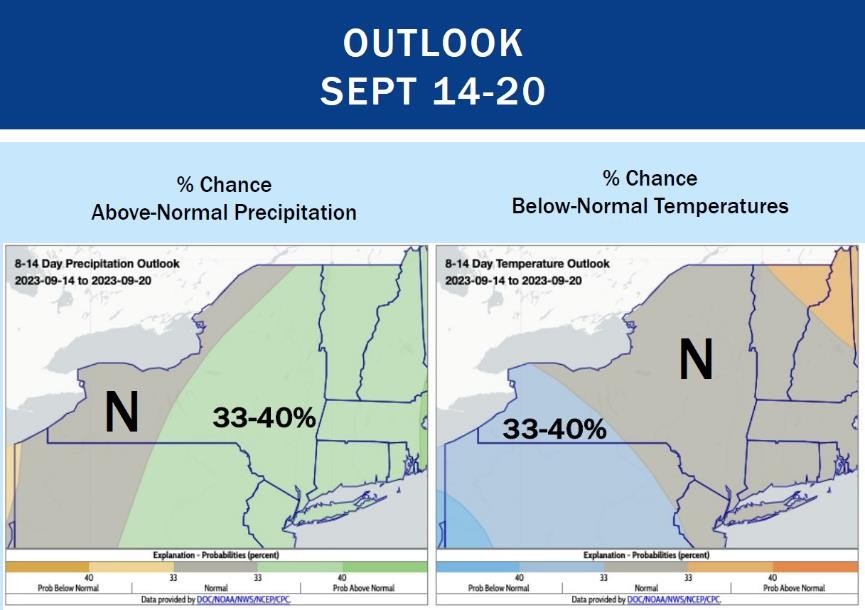
2. Growing Degree Days See: Climate Smart Farming Growing Degree Day Calculator. Check your location, planting date, and silking date. Silage corn needs 750-800 GDD (depending on hybrid maturity) after silking to reach a whole plant DM of 32%. Under typical late season dry down conditions we can expect the crop to reach 35% DM four to seven days later (Remember that we can expect to accumulate 20-25 GDD per day, or even up to 30, so this is not a large window). For more details, see this article. No matter what the numbers say, always check your crop!

Highlighted in Blue: Time to make plans (35% DM anywhere between 5 - 11 days from now, depending on maturity)
Highlighted in Green: Gas up the harvester and the trucks (35% DM in 2 - 8 days, depending on maturity)
Highlighted in Yellow: See you in the field (35% M in less than a week
Highlighted in Red: It's either already in the bunk or it's going for high-moisture corn or it's going in the bin for grain (DM likely > 35-40%
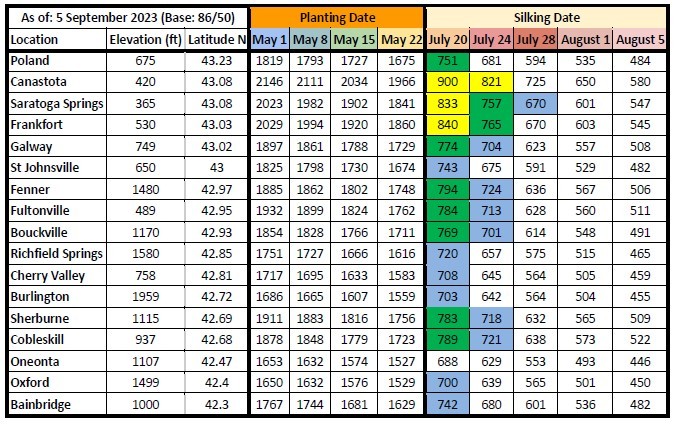
Upcoming Events
If I'm Not Here Tomorrow: Estate Planning for Young Farm Families with Children
November 5, 2025
Free webinar
Dairy Systems and Technology Showcase - Farm Tours
November 6, 2025 : Farm Tour - Creek Acres Farm
Amsterdam, NY
Free event, but registration required. Brand new freestall barn. All attendees must wear clean clothes and boots, and scrub and disinfect footwear upon arrival and before leaving.
November 6, 2025 : Farm Tour - Glenvue Dairy Farm
Fultonville, NY
Free event, but registration required. Under construction 10 robot farm. All attendees must wear clean clothes and boots, and scrub and disinfect footwear upon arrival and before leaving.
November 7, 2025 : Farm Tour - Indian Camp Farm & Dairy
Earlville, NY
Free event, but registration required. Four robot barn and new manure aeriation system. All attendees must wear clean clothes and boots, and scrub and disinfect footwear upon arrival and before leaving.
Seleccion y organizacion del personal (Staffing and Organizing Your Team, Taught in Spanish)
November 12, 2025
Course begins Wednesday, November 12. Live Zoom discussions: Tuesdays, Noon - 1PM EST beginning November 18 through December 23.
Announcements
Sign Up for Our Weekly E-Newsletter
We send out a bi-weekly e-newsletter that has announcements, upcoming programs, and opportunities for you! Registration is quick, easy, and free. Click here to sign up today!Farmers Can Join MeatSuite For Free!
MeatSuite.com is a free resource provided by Cornell University where NY meat farmers can create a farm profile and list their bulk (wholes, halves, quarters) and bundled (i.e. Grilling Bundle) meat products.Why should farmers join?
1. It's free and easy!
2. Connect with more local customers. In the past year the MeatSuite.com farm directory had 8,300 visits from New York consumers. Farm profiles get as many as 25 views per month from potential local customers. We also spotlight MeatSuite farms on social media and bring attention and purchases to farms through highlights and giveaways.
How do I join?
Farmers can visit https://www.meatsuite.com/farmers/ to create a free farm profile. You must list at least one product for your farm's profile to go live. You'll also have access to Cornell's free Meat Price Calculator, a helpful tool for pricing your meat to make a profit.
While you're on MeatSuite, check out the "Creating Consumer-Friendly Bulk Meats" publication on the log-in page. It has tips on how to create bulk meat products that are easier for first-time buyers to say "yes" to.
If you have any questions as you create your farm profile or products, we're here to help! Please email Matt LeRoux at mnl28@cornell.edu.

